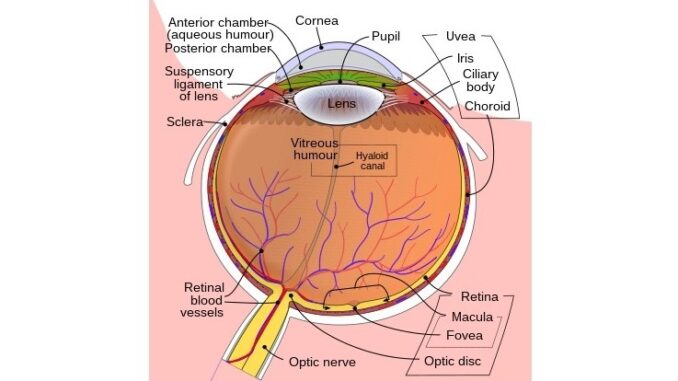
The natural lenses of the human eye are marvelous things that few of us spend any time appreciating, yet we use them constantly. It’s the part of our eyes that allows us to focus on any given object, whether near or far. Ciliary muscles automatically – without any conscious thought on our part – change the shape of the lens in order to gaze upon a far away mountain or at the printed words you’re reading right now. These muscles relax and allow the lens to flatten out when looking into the distance, or contract to thicken the lens when scrutinizing anything just beyond the end of our noses.
Each time the lens shifts from thin to thick, or vice-a-versa, the focal length of our eyes changes. That is, the distance from the lens to the convergence point changes. In the eye, the convergence point is the retina. In a camera, the convergence point is the film or CCD. Don’t worry about the jargon, the important thing to understand is that the lenses in our eyes and in our cameras work in essentially the same way, and neither the eye nor the camera can focus on both near and far objects at the same time: that is, they have a narrow depth of field.
Anytime you see a picture where the background or foreground is out of focus, the camera’s limited depth of field is the reason for it. Occasionally, there are photographs where both the foreground and the background are out of focus, but an object in the center is in focus. This is another example of a limited depth of field. All cameras, and human eyes, are subject to this limitation. Dissatisfied with this state of optical affairs, Scientists at the National Institute of Standards and Technology (NIST) found a solution to this problem, and developed a camera with a wide depth of field. Nature, unsurprisingly, had already solved it about 500 million years ago. All researchers had to do was emulate nature’s solution. (Well, there was a little more to it than that.) First, they looked deep into the fossil record for inspiration.
An extinct species of trilobite, Dalmanitina socialis, had amazing vision with a depth of field that ranged from ‘up close and personal’ in order to catch and eat dinner, to a long-distance lookout for predators more than a kilometer away, and everything in between. That’s a phenomenally wide depth of field. This trilobite had compound eyes, each one consisting of multiple independent lenses. The creature was able to see near and far simultaneously.
The research team built a bifocal lens that replicates what D. socialis could do, resulting in an optical system with a depth of field ranging from 3 centimeters to 1.7 kilometers. They also developed a computer algorithm to process the image, ensuring that focus is sharp and true for all objects in the camera’s field of view, within the lens’ depth of field. The new system is expected to have applications in any area requiring highly detailed images across large fields of view and great depth of field, for example, counting the number of animals in a large herd or flock. Another obvious example would be surveillance cameras covering a large outdoor area.
